Are your kitchen wall tiles looking dull and discolored? It may be time to consider regrouting them. Regrouting is the process of removing and replacing the old grout between tiles, giving your wall a fresh and clean look. Not only does it improve the appearance of your kitchen, but it also helps to maintain the integrity of your tiles. In this article, we will discuss the top 10 things you need to know about regrouting your kitchen wall tiles.Regrouting Kitchen Wall Tiles
Regrouting your kitchen wall tiles is a simple process that can be done by yourself or by hiring a professional. Here are the steps to follow for a DIY regrouting project: Step 1: Gather Materials You will need a grout saw, grout float, grout sponge, safety glasses, and gloves. If you are using a grout removal tool, make sure to read the instructions carefully. Step 2: Remove Old Grout Use the grout saw or removal tool to carefully remove the old grout from between the tiles. Make sure not to damage the tiles in the process. Step 3: Clean the Area Wipe down the area with a damp sponge to remove any remaining grout dust or debris. Step 4: Mix New Grout Follow the instructions on the grout package to mix the new grout. Make sure to wear gloves and protect your eyes. Step 5: Apply Grout Using the grout float, push the new grout into the spaces between the tiles. Make sure to fill all gaps completely. Step 6: Clean the Tiles Wipe the tiles with a damp sponge to remove any excess grout. Be careful not to remove too much grout from between the tiles. Step 7: Let it Dry Allow the grout to dry completely before using the area. This usually takes 24 hours. For a more detailed guide on how to regrout kitchen wall tiles, check out our article on DIY Kitchen Renovation: How to Regrout Tiles.How to Regrout Kitchen Wall Tiles
When it comes to regrouting your kitchen wall tiles, using the right products is crucial for a successful project. Here are some of the best products for regrouting kitchen wall tiles: 1. Grout Removal Tool This tool makes removing old grout much easier and faster. It is a handheld tool with a rotary blade that helps to remove grout without damaging the tiles. 2. Grout Float A grout float is used to apply new grout between tiles. It has a rubber base that helps to push the grout into the spaces between tiles. 3. Grout Sponge After applying the grout, a grout sponge is used to wipe away any excess and smooth out the grout lines. 4. Tile and Grout Sealer After regrouting, it is important to seal the tiles and grout to protect them from staining and water damage. Look for a sealer specifically designed for kitchen wall tiles. 5. Pre-Mixed Grout If you don't want to mix your own grout, there are pre-mixed options available that are easy to use and come in a variety of colors. For more recommendations, check out our article on 5 Must-Have Products for Regrouting Kitchen Wall Tiles.Best Products for Regrouting Kitchen Wall Tiles
Regrouting your kitchen wall tiles can be a DIY project, but it is important to understand the risks and potential mistakes that can occur. Here are some tips for a successful DIY regrouting project: 1. Use the Right Tools Make sure you have all the necessary tools before starting your project. Using the wrong tools can lead to damaging your tiles or an incomplete job. 2. Be Patient Regrouting takes time and patience. Rushing through the process can result in a sloppy and uneven finish. 3. Follow Instructions Carefully Whether you are using a grout removal tool or a pre-mixed grout, make sure to read the instructions carefully and follow them step by step. 4. Protect Your Tiles Make sure to cover your tiles with a protective layer before using any harsh chemicals or tools to avoid damaging them. For more tips on DIY regrouting, check out our article on The Dos and Don'ts of DIY Regrouting.DIY Regrouting Kitchen Wall Tiles
If you are not confident in your DIY skills or if your tiles are in need of extensive repair, it may be best to hire a professional to regrout your kitchen wall tiles. Here are some benefits of hiring a professional: 1. Expertise and Experience Professional regrouting services have the necessary expertise and experience to ensure a high-quality and long-lasting result. 2. Time-Saving Regrouting a large area can be time-consuming, especially if you are new to the process. Hiring a professional will save you time and effort. 3. Professional Tools and Products Professionals have access to high-quality tools and products that may not be readily available to the average homeowner. 4. Guarantee Most professional regrouting services offer a guarantee for their work, giving you peace of mind that any issues will be resolved. For more information on professional regrouting services, check out our article on Why You Should Consider Hiring a Professional for Regrouting Your Kitchen Wall Tiles.Professional Regrouting Services for Kitchen Wall Tiles
After investing time and effort into regrouting your kitchen wall tiles, it is important to maintain them properly to ensure they last for years to come. Here are some tips for maintaining your kitchen wall tiles after regrouting: 1. Regular Cleaning Regularly cleaning your tiles and grout with a mild cleaner will help to prevent dirt and grime build-up. 2. Use a Grout Sealer Applying a grout sealer every 6-12 months will help to protect your grout from staining and water damage. 3. Avoid Harsh Chemicals Avoid using harsh chemicals on your tiles and grout, as they can damage the surface and cause discoloration. 4. Fix Any Issues Promptly If you notice any cracks or damage to your grout, make sure to fix it as soon as possible to prevent further damage. For more tips on maintaining your kitchen wall tiles, check out our article on 5 Important Tips for Maintaining Kitchen Wall Tiles.Tips for Maintaining Kitchen Wall Tiles After Regrouting
The cost of regrouting your kitchen wall tiles will depend on the size of your kitchen, the condition of your tiles, and whether you choose to DIY or hire a professional. On average, the cost for a DIY project can range from $200-$500, while hiring a professional can cost anywhere from $500-$1000 or more. For a more detailed breakdown of the cost of regrouting kitchen wall tiles, check out our article on The Costs Involved in Regrouting Kitchen Wall Tiles.Cost of Regrouting Kitchen Wall Tiles
Regrouting kitchen wall tiles can be a challenging task, and there are a few common mistakes that people make. Here are some mistakes to avoid when regrouting: 1. Using the Wrong Grout Make sure to use a grout specifically designed for kitchen wall tiles. Using the wrong type of grout can lead to cracking and discoloration. 2. Not Removing Enough Grout When removing old grout, make sure to remove enough to allow the new grout to properly adhere to the tiles. 3. Skipping the Sealer Skipping the sealer can lead to staining and water damage to your grout, so it is important to not skip this step. 4. Rushing the Process Take your time and follow the steps carefully. Rushing through the process can lead to a sloppy and uneven finish. For more mistakes to avoid when regrouting, check out our article on 5 Common Mistakes to Avoid When Regrouting Kitchen Wall Tiles.Common Mistakes to Avoid When Regrouting Kitchen Wall Tiles
Regrouting your kitchen wall tiles offers many benefits, both aesthetically and functionally. Here are some of the top benefits of regrouting: 1. Improved Appearance Regrouting gives your kitchen wall tiles a fresh and clean look, making your kitchen look more attractive and inviting. 2. Maintains Tile Integrity Regrouting helps to maintain the integrity of your tiles, preventing any damage or cracking that can occur from old and deteriorating grout. 3. Increased Lifespan By properly maintaining your grout, you can extend the lifespan of your kitchen wall tiles and avoid costly repairs or replacements. 4. Prevents Water Damage Regrouting helps to prevent water from seeping into the walls or under the tiles, which can cause damage and mold growth. For more information on the benefits of regrouting kitchen wall tiles, check out our article on Why You Should Consider Regrouting Your Kitchen Wall Tiles.Benefits of Regrouting Kitchen Wall Tiles
The frequency of regrouting your kitchen wall tiles will depend on various factors such as the quality of the grout, the amount of foot traffic in your kitchen, and the level of maintenance. On average, it is recommended to regrout every 3-5 years to maintain the integrity and appearance of your tiles. For more information on how often to regrout your kitchen wall tiles, check out our article on How Often Should You Regrout Your Kitchen Wall Tiles?.How Often Should You Regrout Kitchen Wall Tiles?
Why Regrouting Your Kitchen Wall Tiles Should Be a Priority
:max_bytes(150000):strip_icc()/How_to_Regrout_Ceramic_Tile_64434_08-63a0298cea2a47ba985a0a17ed65d278.jpg)
Revamp Your Kitchen with Freshly Grouted Tiles
 When it comes to kitchen design, the smallest details can make a big impact. And one often overlooked detail is the grout between your kitchen wall tiles. Over time, grout can become discolored, cracked, or even start to mold. This not only affects the aesthetics of your kitchen but also poses a potential health hazard. Here's why regrouting your kitchen wall tiles should be at the top of your home design to-do list.
Restoring the Aesthetic Appeal
The kitchen is the heart of the home and a well-designed one can add value to your property. However, outdated or damaged grout can quickly take away from the overall look and feel of your kitchen.
Regrouting your kitchen wall tiles
is a simple and cost-effective way to give your kitchen a facelift. With a fresh layer of grout, your tiles will look clean, uniform, and modern, instantly elevating the appearance of your space.
Preventing Mold and Mildew Growth
Mold and mildew thrive in moist and warm environments, making your kitchen a prime spot for their growth. Old and damaged grout can be a breeding ground for these unwanted guests, posing a health hazard to you and your family.
Regrouting your kitchen wall tiles
not only removes the existing mold and mildew but also creates a waterproof barrier that prevents their growth in the future. This not only keeps your kitchen clean and hygienic but also improves the air quality in your home.
Increasing the Lifespan of Your Tiles
Tiles are known for their durability, but the grout between them is prone to wear and tear. Over time, grout can become weak and start to crumble, causing your tiles to loosen and potentially fall off. By
regrouting your kitchen wall tiles
, you are reinforcing the structure and stability of your tiles, prolonging their lifespan and saving you from the cost and hassle of having to replace them.
Ensuring Proper Maintenance
Regular maintenance is key to preserving the beauty and functionality of your kitchen. By
regrouting your kitchen wall tiles
, you are not only improving the appearance and longevity of your tiles but also ensuring proper maintenance. With a clean and well-maintained kitchen, you can enjoy cooking and entertaining without worrying about unsightly grout or potential health hazards.
In conclusion,
regrouting your kitchen wall tiles
is a simple and effective way to enhance the overall look and functionality of your kitchen. Not only does it improve the aesthetic appeal, but it also prevents mold and mildew growth, increases the lifespan of your tiles, and ensures proper maintenance. Don't overlook the small details in your kitchen design, as they can make a big difference in the long run.
When it comes to kitchen design, the smallest details can make a big impact. And one often overlooked detail is the grout between your kitchen wall tiles. Over time, grout can become discolored, cracked, or even start to mold. This not only affects the aesthetics of your kitchen but also poses a potential health hazard. Here's why regrouting your kitchen wall tiles should be at the top of your home design to-do list.
Restoring the Aesthetic Appeal
The kitchen is the heart of the home and a well-designed one can add value to your property. However, outdated or damaged grout can quickly take away from the overall look and feel of your kitchen.
Regrouting your kitchen wall tiles
is a simple and cost-effective way to give your kitchen a facelift. With a fresh layer of grout, your tiles will look clean, uniform, and modern, instantly elevating the appearance of your space.
Preventing Mold and Mildew Growth
Mold and mildew thrive in moist and warm environments, making your kitchen a prime spot for their growth. Old and damaged grout can be a breeding ground for these unwanted guests, posing a health hazard to you and your family.
Regrouting your kitchen wall tiles
not only removes the existing mold and mildew but also creates a waterproof barrier that prevents their growth in the future. This not only keeps your kitchen clean and hygienic but also improves the air quality in your home.
Increasing the Lifespan of Your Tiles
Tiles are known for their durability, but the grout between them is prone to wear and tear. Over time, grout can become weak and start to crumble, causing your tiles to loosen and potentially fall off. By
regrouting your kitchen wall tiles
, you are reinforcing the structure and stability of your tiles, prolonging their lifespan and saving you from the cost and hassle of having to replace them.
Ensuring Proper Maintenance
Regular maintenance is key to preserving the beauty and functionality of your kitchen. By
regrouting your kitchen wall tiles
, you are not only improving the appearance and longevity of your tiles but also ensuring proper maintenance. With a clean and well-maintained kitchen, you can enjoy cooking and entertaining without worrying about unsightly grout or potential health hazards.
In conclusion,
regrouting your kitchen wall tiles
is a simple and effective way to enhance the overall look and functionality of your kitchen. Not only does it improve the aesthetic appeal, but it also prevents mold and mildew growth, increases the lifespan of your tiles, and ensures proper maintenance. Don't overlook the small details in your kitchen design, as they can make a big difference in the long run.




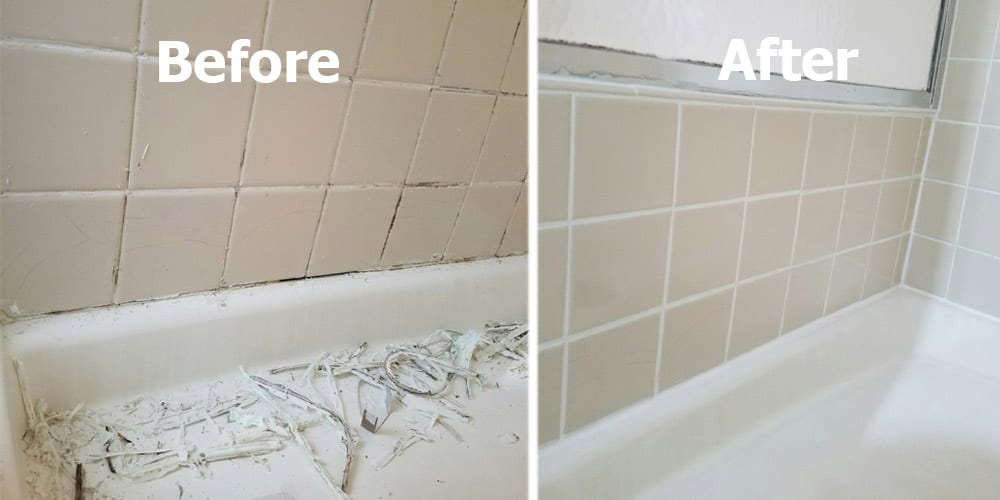



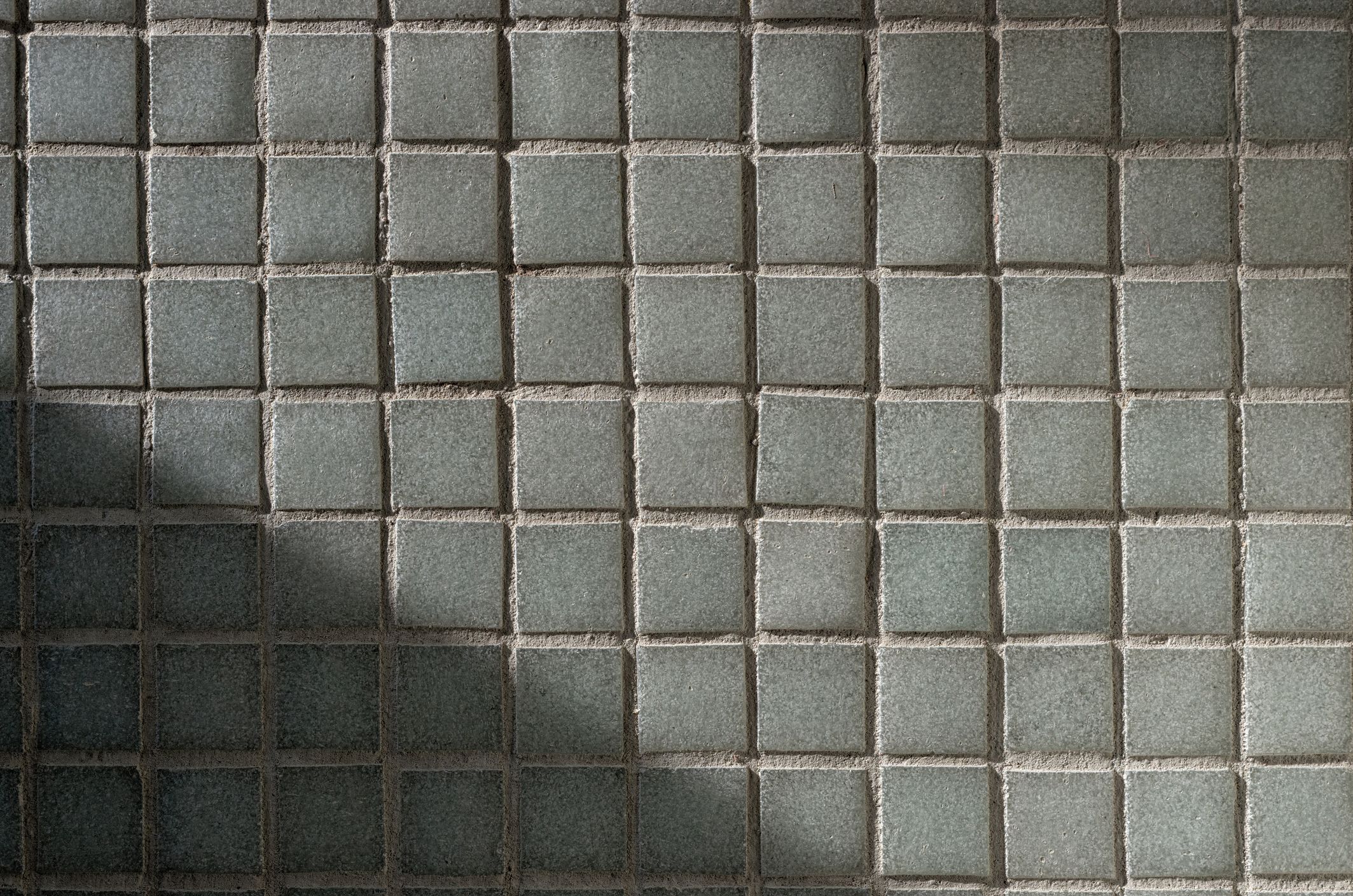





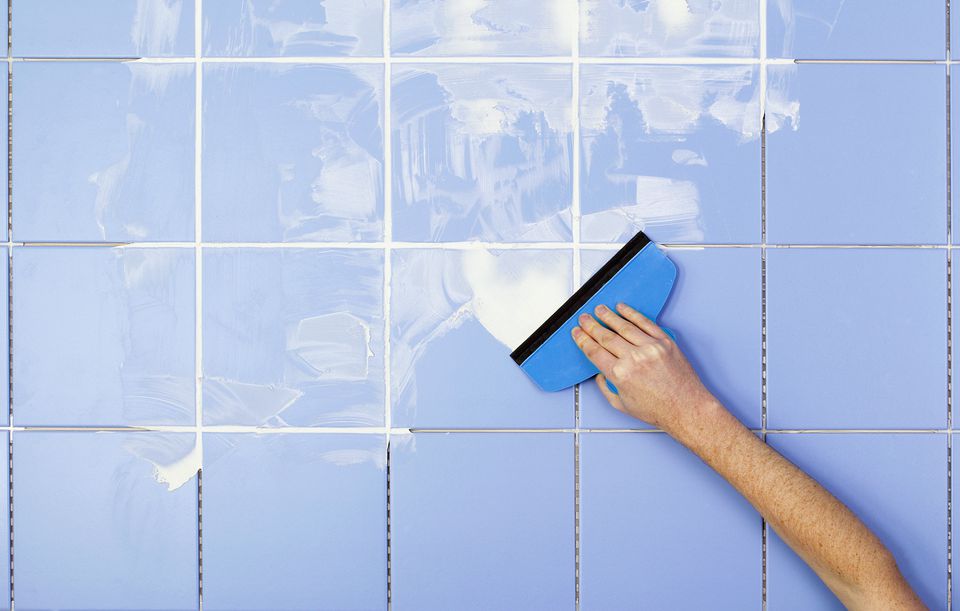









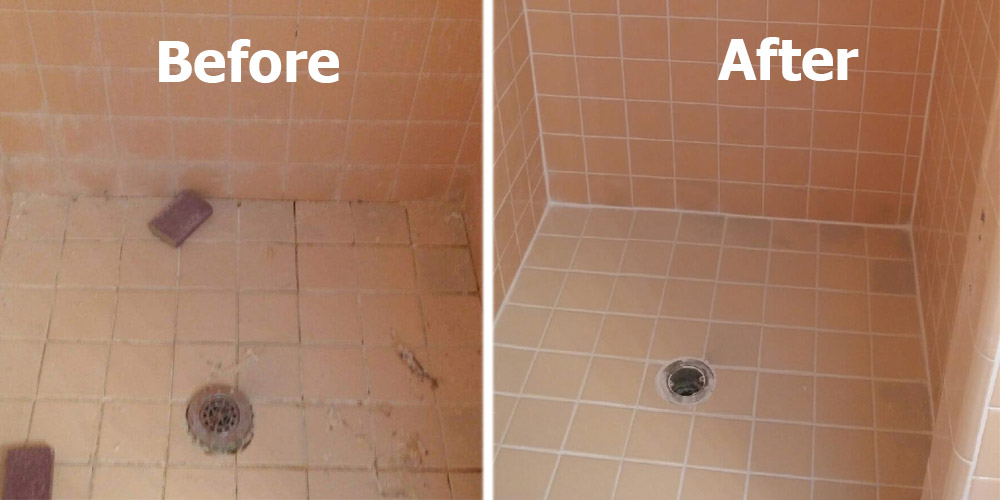
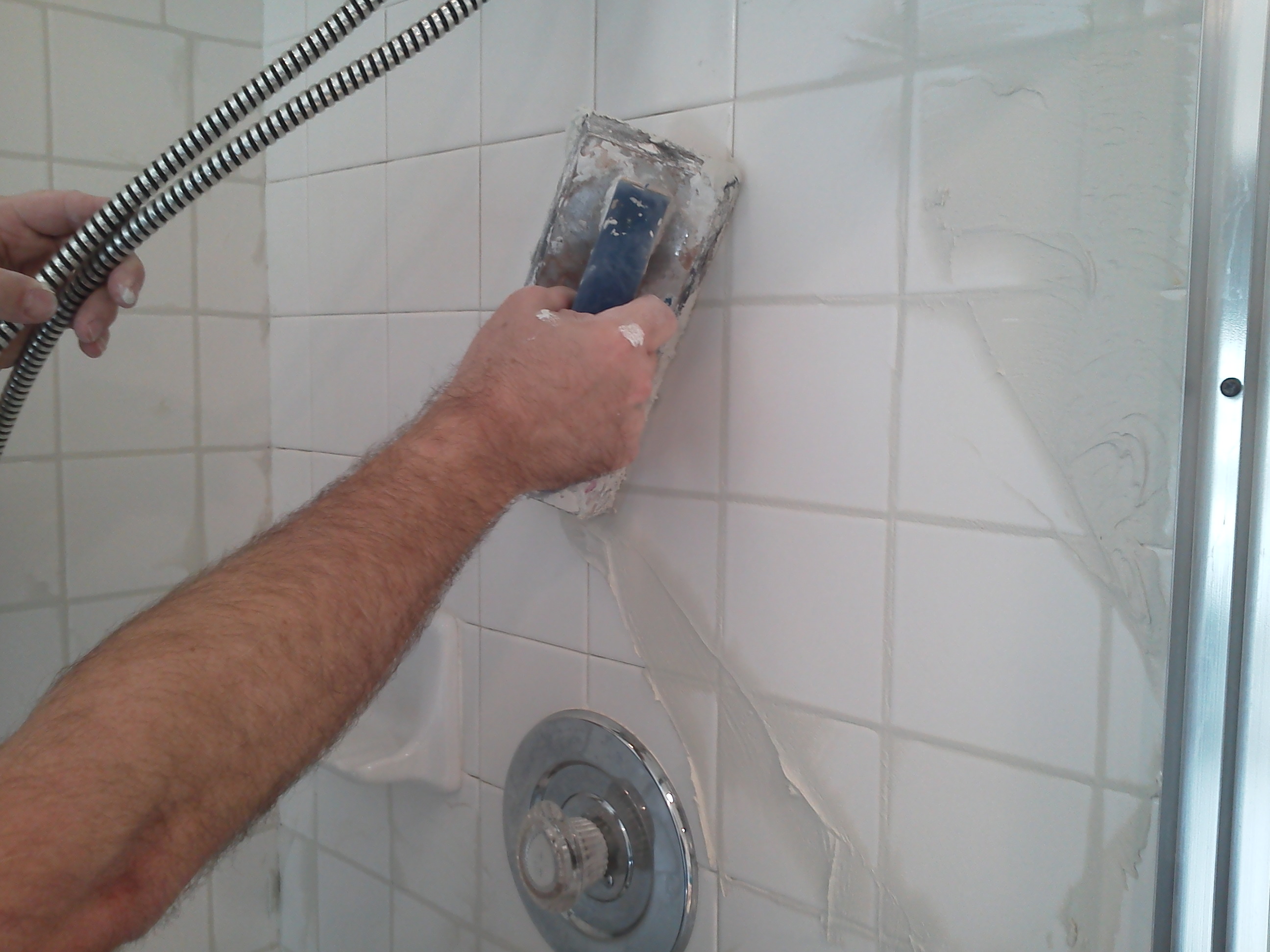
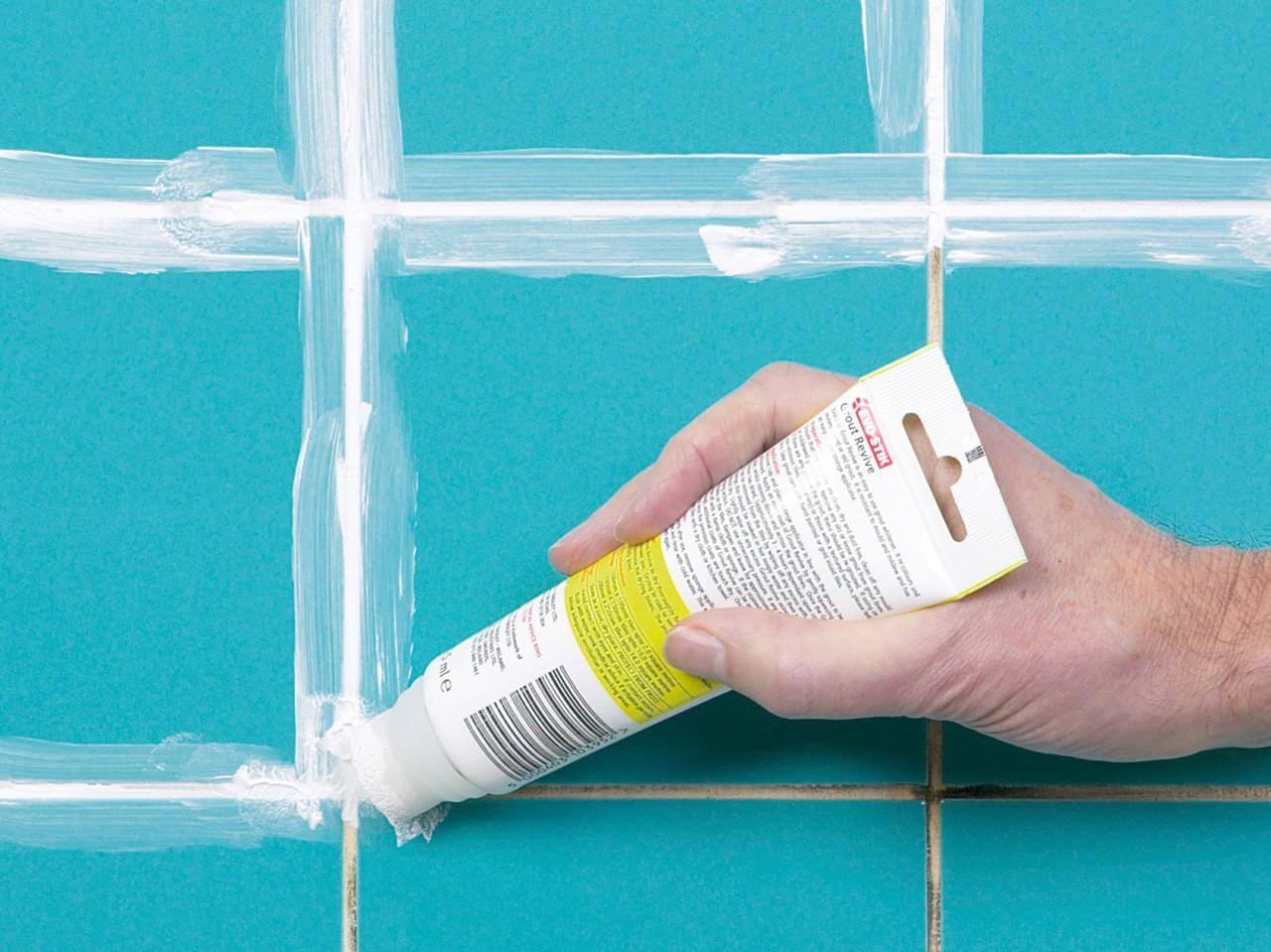





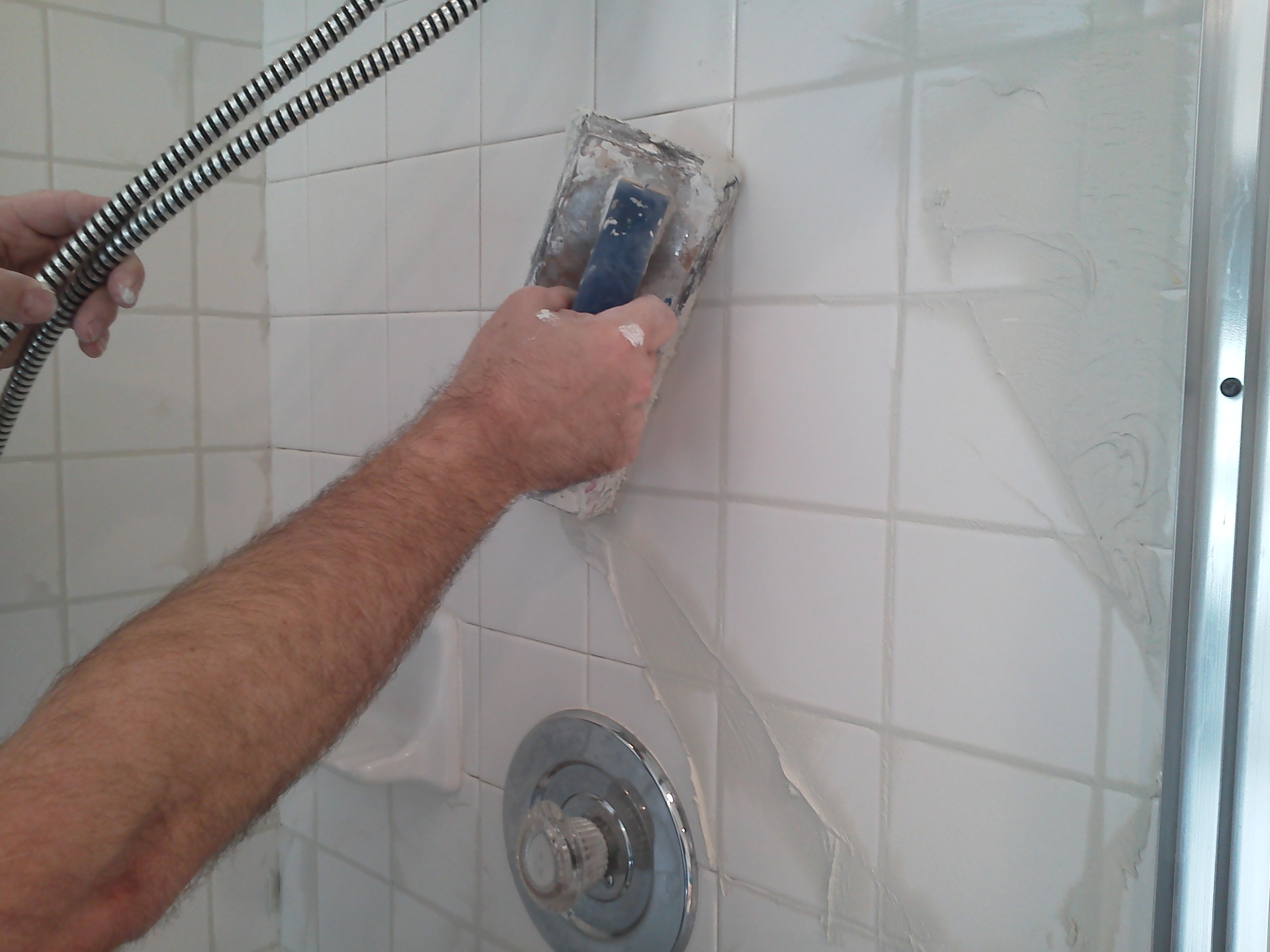













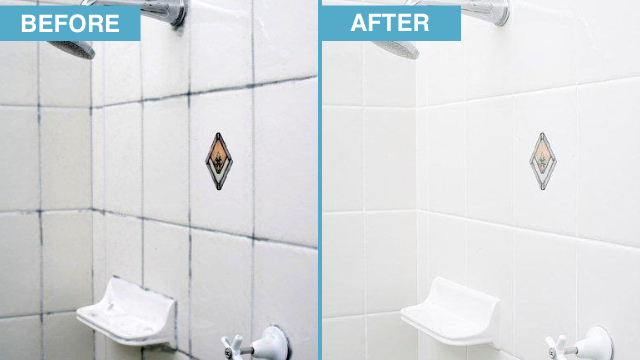

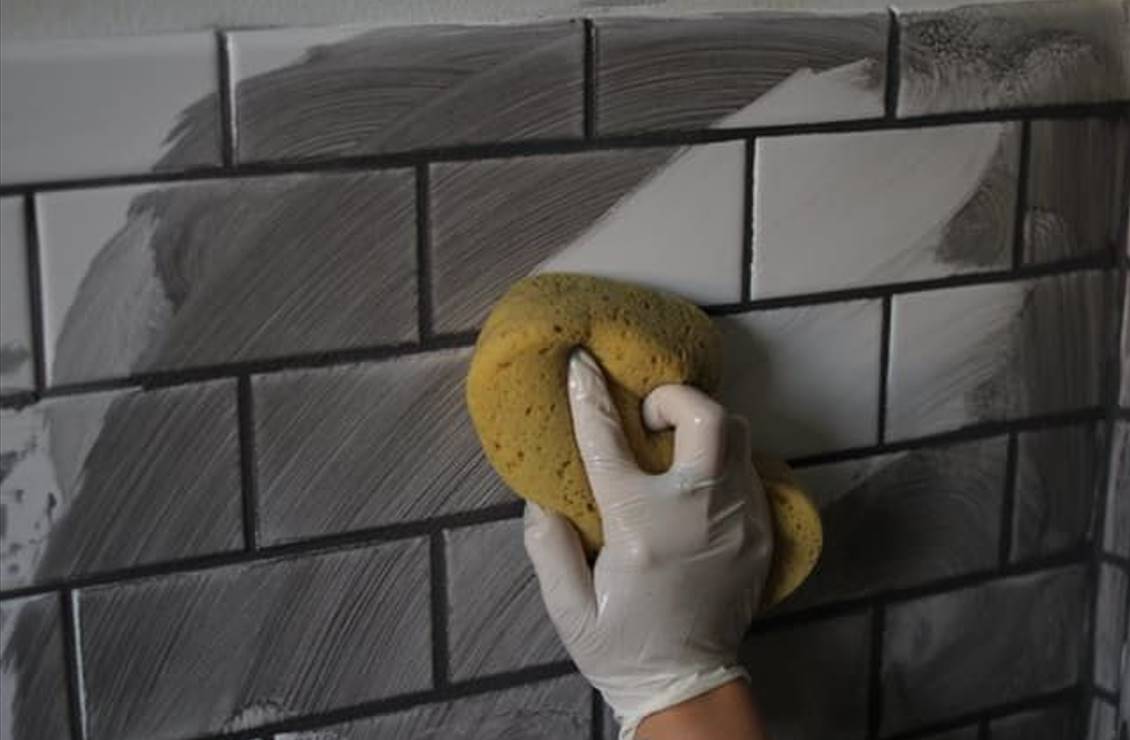

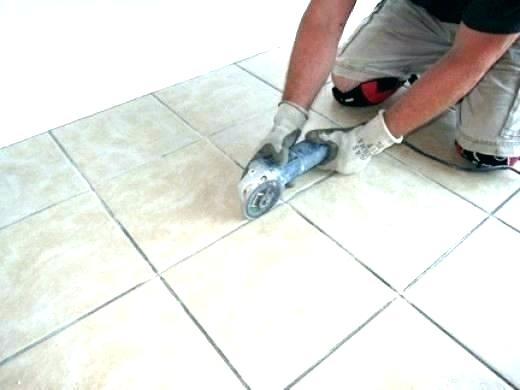



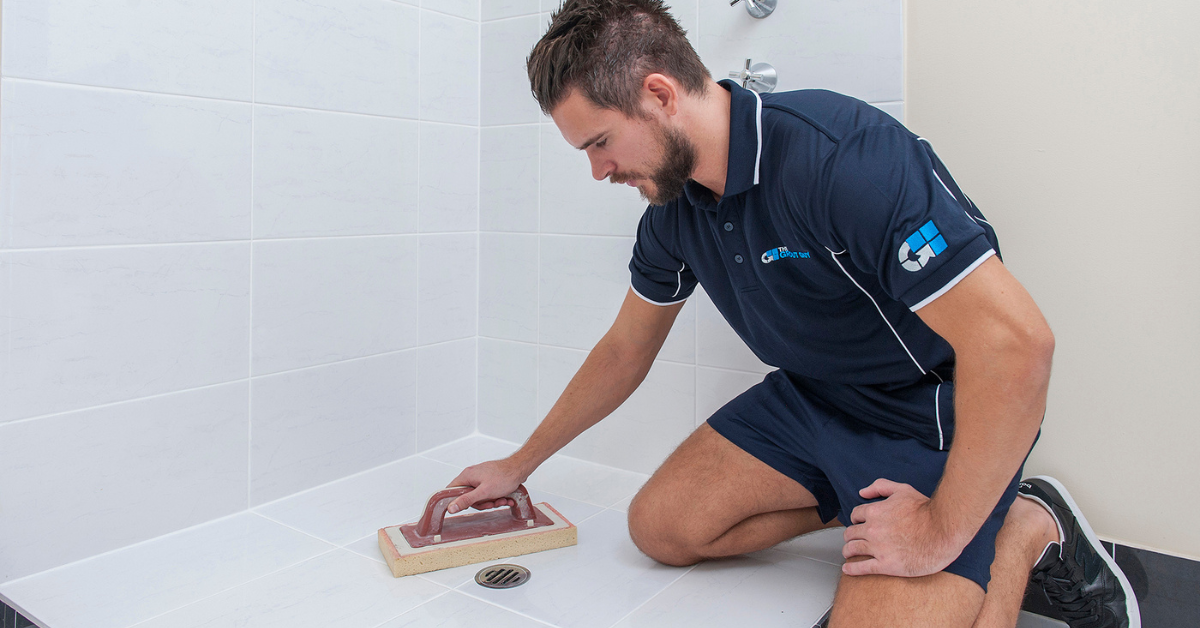










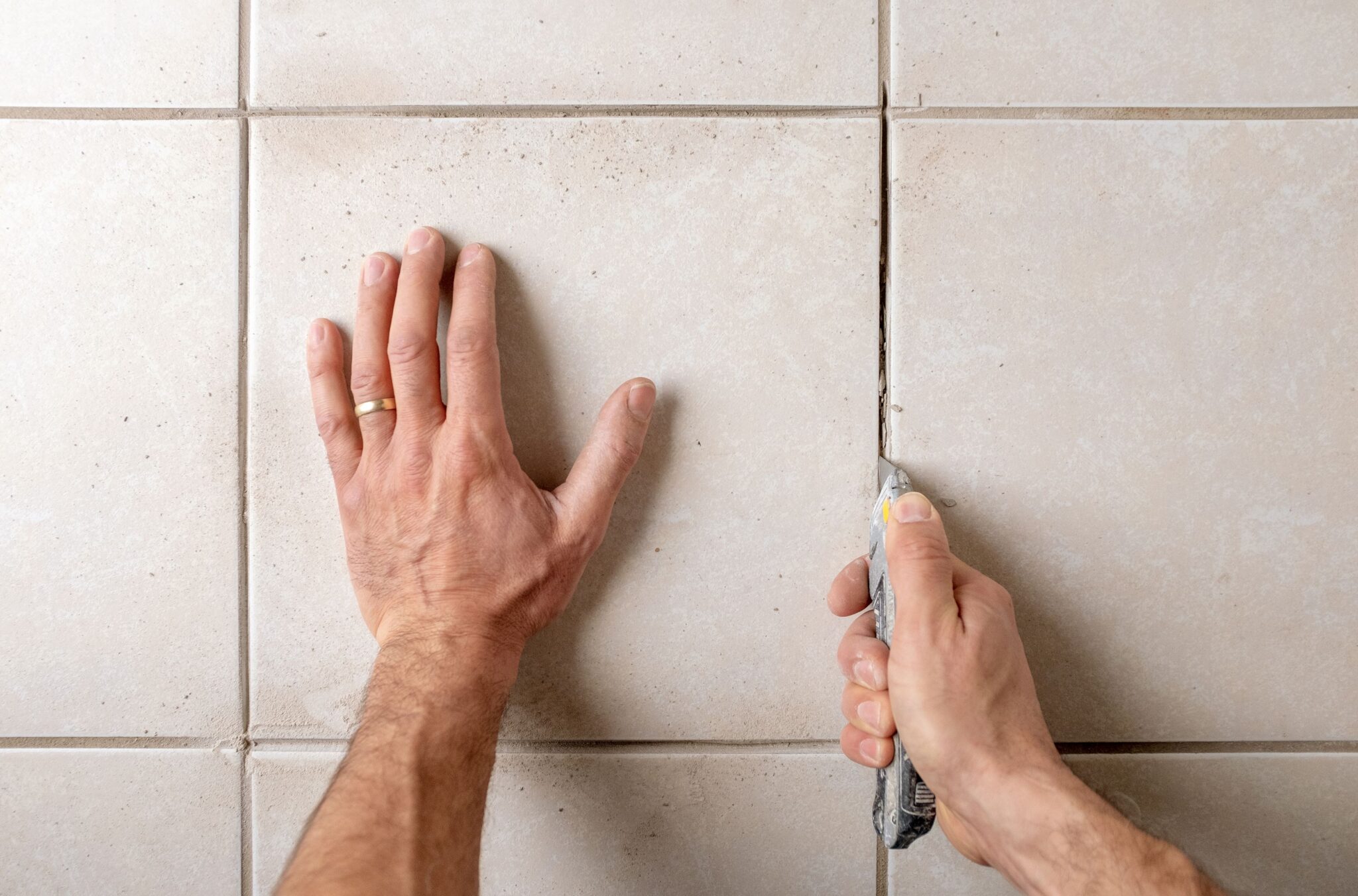








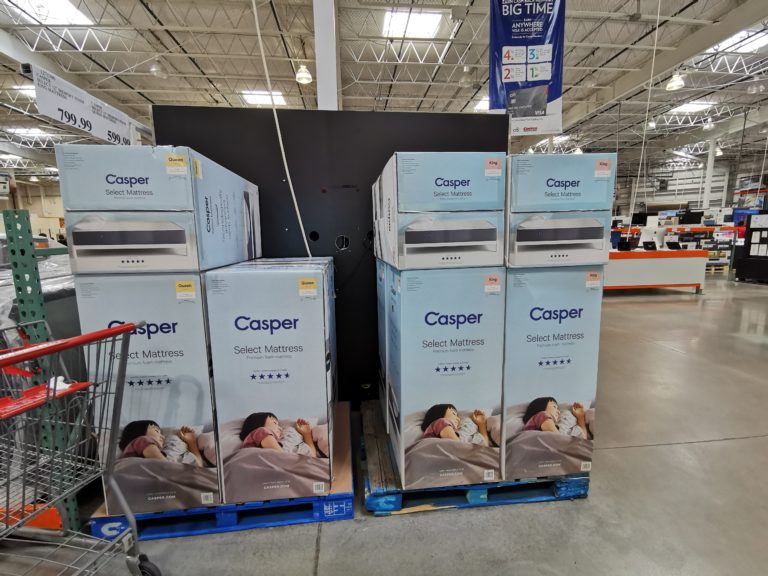

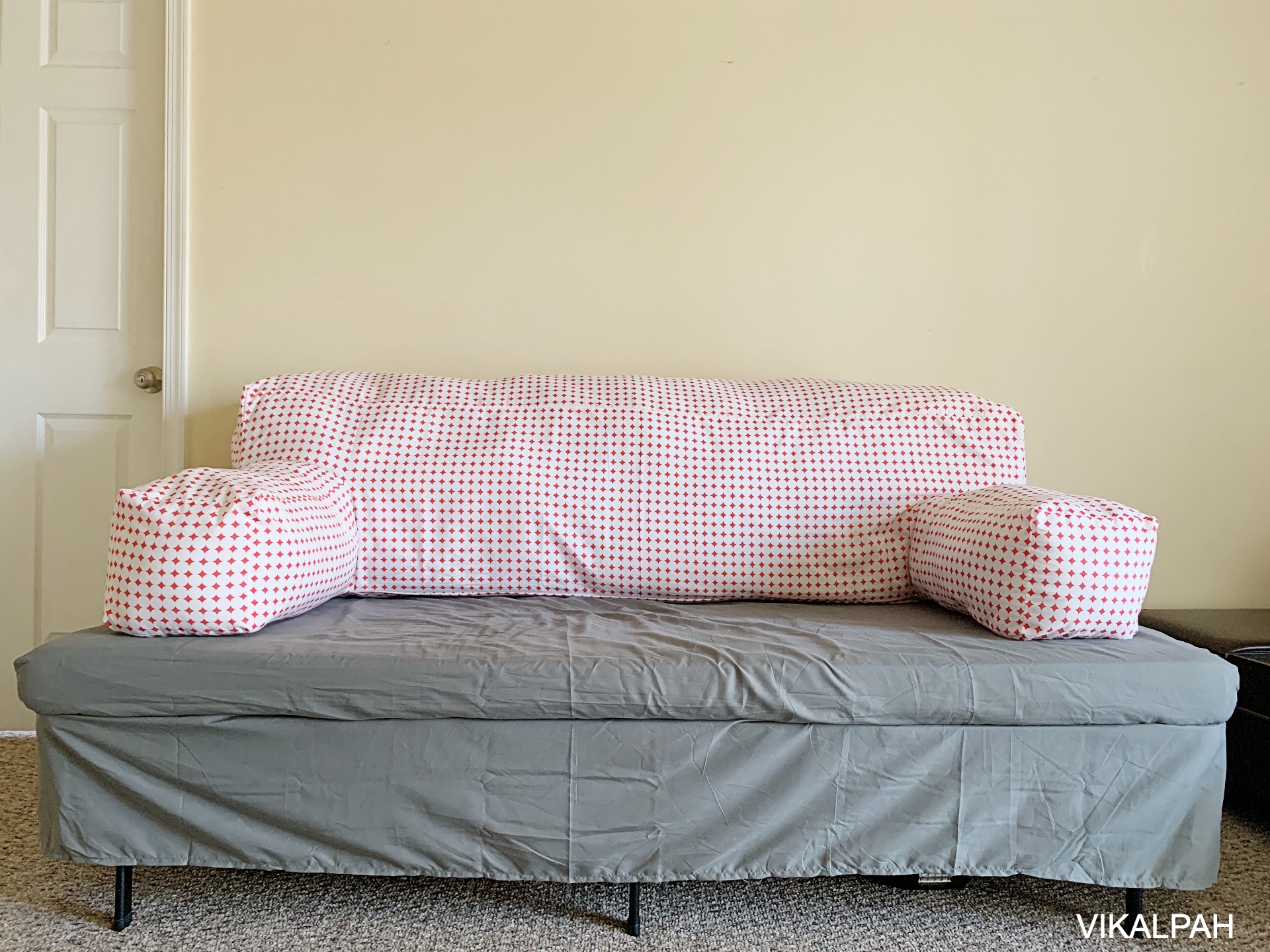
/GettyImages-1206150622-1c297aabd4a94f72a2675fc509306457.jpg)

